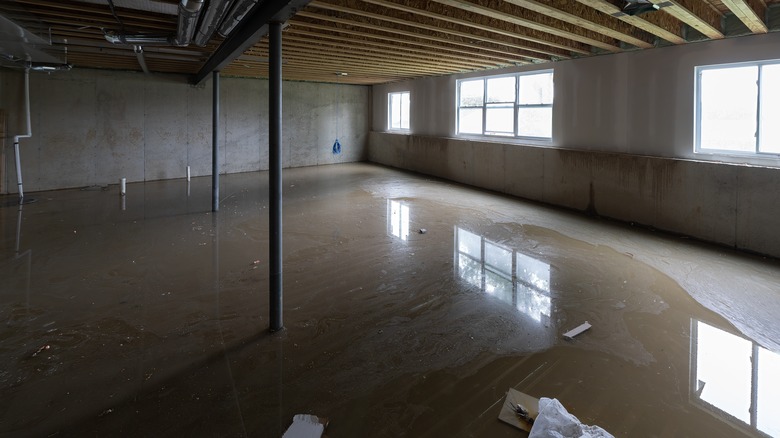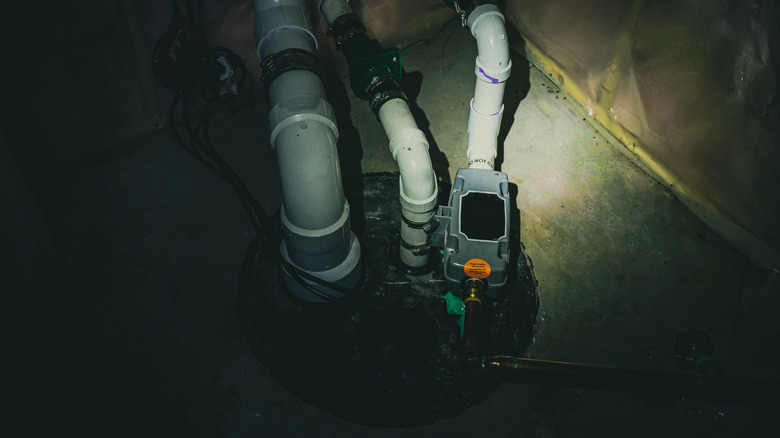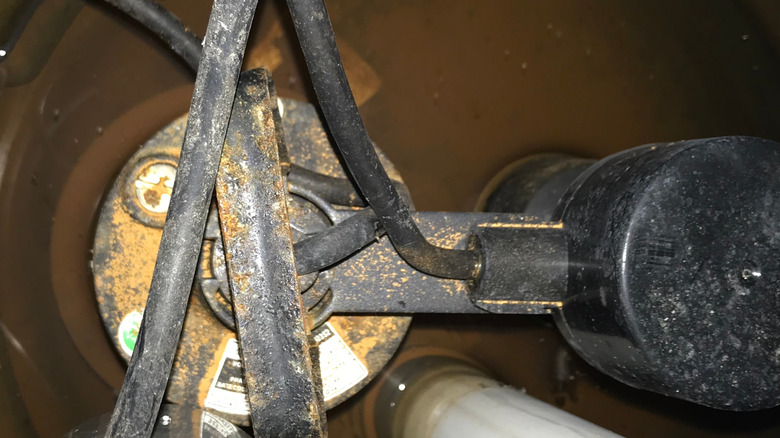Is A Sump Pump Battery Backup Worth Buying To Keep Water Away From Your Home?
Is your house situated in a flood zone? If so, you likely have a sump pump that helps move rain and flood water out of the house to keep your property and family dry. But how do you make sure your home is safe from a flood if this pump fails? Like any mechanical component, a sump pump sees its fair share of stress throughout its lifetime, and wear and tear can cause it to malfunction at the worst possible time.
Likewise, debris that flows in with water may get into and damage its moving parts. Worst of all, it can stop dead in its tracks if your home loses electricity during a bad storm, just as large volumes of water are accumulating around your home. Now, you may have heard that a sump pump battery backup is a worthy redundancy to install to prevent these nightmarish scenarios. But the truth is that it depends on the type of backup and on how you intend to use it.
A "sump pump battery backup" can refer to two distinct devices that have a somewhat similar purpose. One is an actual power converter that keeps your sump pump operating when electricity goes out. It's great to have if you worry that the lack of utility power will lead to a flood in the home. The other is a battery-operated auxiliary pump that replaces or helps the main pump as needed. Both are useful but in a very distinct way. We explain below.
How a sump pump battery backup works and why it's worth it
A battery backup is a wall-mounted power converter that provides electricity to the sump pump in case of an electrical failure, so the pump can operate smoothly until power is restored. This device is connected to an electrical outlet as well as a marine or car battery. The pump itself is plugged into the backup rather than the electrical receptacle on the wall. As long as utility power gets supplied as normal, it will flow through the backup unit to the sump pump, and the latter will rely on it to operate. However, if there's an electrical failure, the pump will simply begin drawing power from the battery backup. Since it's already plugged into the backup, there's nothing you need to do, as the power transition will take place automatically. Generally, the backup should last about half a day.
Getting a sump pump battery backup is worth it because the number one reason behind a modern sump pump failure is an electrical outage — a common occurrence during storms. Storms can also result in significant precipitation, and if your home is flooded and the power is out, you need a way to keep the sump pump running until the power comes back. Battery backups afford an easy way to prevent pump failures and keep your home dry by serving as a temporary power source. That said, this type of backup can't replace a main pump that's failed due to a faulty component.
Don't mistake a sump pump battery backup for an auxiliary, battery-operated sump pump
In your quest to give the sump pump an alternate power source, you may stumble upon another type of redundancy device that's a bit less useful than a real sump pump battery backup. Auxiliary sump pumps may be marketed as "backups," and at a glance, they seem quite handy. These devices are used alongside the main pump, and also run on batteries. They're installed somewhat above the main pump inside the pit. The point of this auxiliary pump is to kick in and keep circulating the stormwater in case the main pump ceases to work, or if it's incapable of dealing with rising water levels on its own. So, instead of keeping the main pump energized the way a battery backup does, this device effectively replaces the main pump, or supplements it when the flooding gets bad.
As a supplementary mechanism, an auxiliary pump makes sense. If the volume of water exceeds the capacity of the main pump, it will lend a hand and add as much as one-third of the latter's pumping power. Now, that's help you can use during a torrential downpour, or worse, during a flood. But if the primary pump fails, the battery-powered helper will struggle to keep up with the job, as its capacity is only a third of the main pump's. In this case, knowing how to perform DIY repairs on a busted sump pump is a good idea.


